Today we’re taking a look at HanSound’s newest flagship cables – the Torfa. It comes in 2-wire and 4-wire construction and retails for $829 USD and $1639 USD respectively. Let’s find out how they perform.
Disclaimer: HanSound Audio supplied the Torfa cables at no cost. I only had to pay for importing the cables to Austria. Headfonia is not affiliated with HanSound, they are also not an advertiser on our website. Many thanks for the generosity and opportunity.
About HanSound Audio:
HanSound Audio is a Taiwanese aftermarket cable company. They have been working on high quality IEM and headphone cables since 2010. Since then they have introduced a whole range of different cables to the world.
Their first big seller was the Zen cable, which, according to them, was the world’s softest cable. I for one can’t say if that’s true or not, since I never held one in my hands. HanSound is one of the companies that try to look in different directions and not follow the mainstream. This for example can be seen with their previous flagship, the Venom. It is one of the very few cables that uses a dedicated ground wire. This is supposed to give a blacker background and better imaging. Again, I never worked with the Venom cable so I can’t say if that’s true. Generally it makes sense to me and it’s a practice used in two-channel hifi for ages.
HanSound’s portfolio varies from pure copper and silver cables to hybrids. Today we are looking at their latest flagship introduction – the Torfa.
About Torfa:
The Torfa is as mentioned HanSound’s latest flagship cable. It uses a coaxial cable design, unlike most other brands that use braided wires. This means, that the Torfa bundles two conductors into one wire. Torfa uses a gold-silver alloy and OCC copper Litz cables with multi-layer insulation. The wires are 22AWG in size, which is bigger than what most other brands use.
HanSound opted for a midnight blue cloth jacked for the cables, which gives them a nice look in my opinion. The Torfa comes in two different variations. The 2-wire sells for 829$ while the 4-wire version retails for 1639$. It can be bought either directly from HanSound or one of their many retailers.
You can get the Torfa for in a number of different terminations. You can of course select 2-pin, MMCX, qdc/UE, FitEar connectors and many more. My cables are 2-pins and terminated to 2.5 mm and 4.4 mm.
HanSound recommends a burn-in time for their cables of 200 hours.
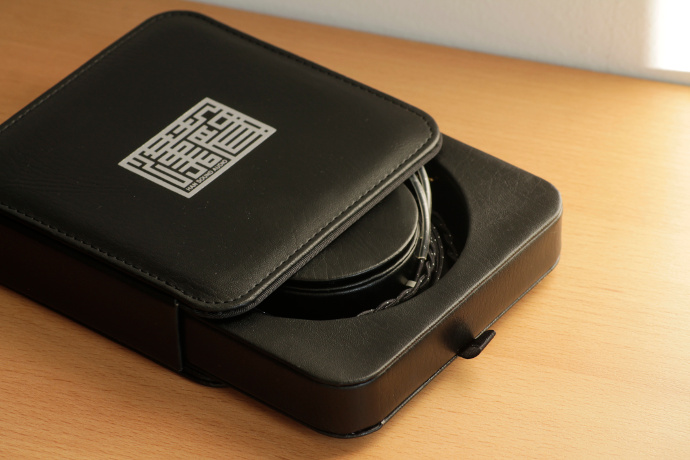
HanSound Torfa
Package:
HanSound does provide a nice black pleather case for the Torfa. It uses a drawer design, where you can pull out the cable that’s sitting in a special compartment. In the middle of it, you’ll find a small hole which is closed by a lid. Open it and you’ll find a leather cable binder.
The presentation itself is quite nice for the Torfa. It might not be as luxurious as some of Effect Audio’s cables, but it also isn’t as rudimentary as PW Audio’s or DHC’s packages. Plus in the end, all you need is your cable.
Build Quality and Ergonomics:
The build quality of both cables is very good in my opinion. The braiding is consistent and well done. The 2-wire is very lightweight and looks well built. It came with HanSound’s signature titanium Y-split, which has their gorgeous logo on it. The chin slider perfectly matches the splitter and does what it should. The 2-pin barrels are colour-coded, so you don’t confuse left and right. Connect the side with the red ring to the right earpiece and the one with the white ring to the left earpiece.
The 4-wire is a lot thicker due to the double wire-count. It is heavier and uses different 2-pin barrels and a newly designed Y-split and chin slider. The new splitter features the same design of the headphone plugs, which is has a black octagonal pattern. The pictures don’t do them justice to be fair, and I also didn’t like them when I saw them on photos. They do look nicer in real life. The 2-pin barrels of the 4-wire are all black, with the exception of a red ring on the right side.
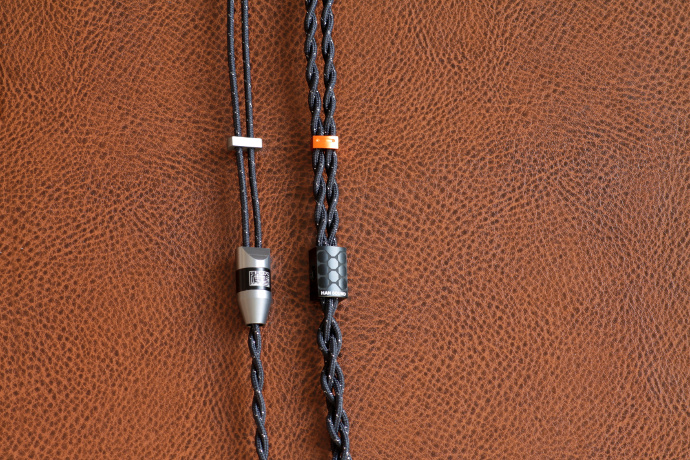
HanSound Torfa
Both cables come with a preformed heat-shrink around the ears, which serves as a guide for the wire. The plugs are both gold plated and the barrels are made of aluminium. The 2-wire version is clearly ahead in terms of comfort for me, due to the nature of its design. Either one of the cables is approximately 1.2 meters long, which is average length for IEM cables.
A point of critique might be the stiffness of the cables. Amongst all IEM cables I have handled thus far, the Torfa might be the least flexible. Although it’s still not at a level of stiffening of broken insulations after a few months, one can sure feel the low flexibility.
The Torfa’s both transmit a fair amount of friction noise, so make sure to absorb that with a shirt clip or wear it under a sweater. I did not run into any comfort issues, even though the 4-wire sure is quite a beast of a cable. Don’t think you won’t notice it though.
Jump to page two for sound impressions.







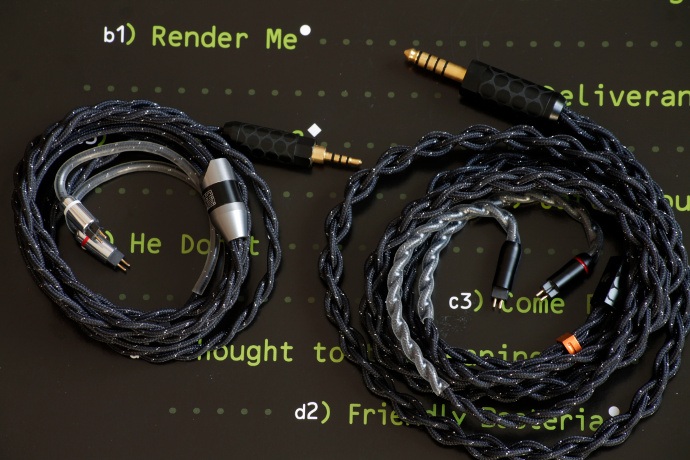
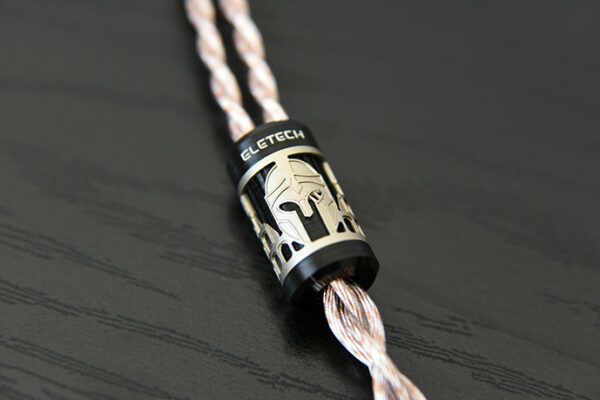
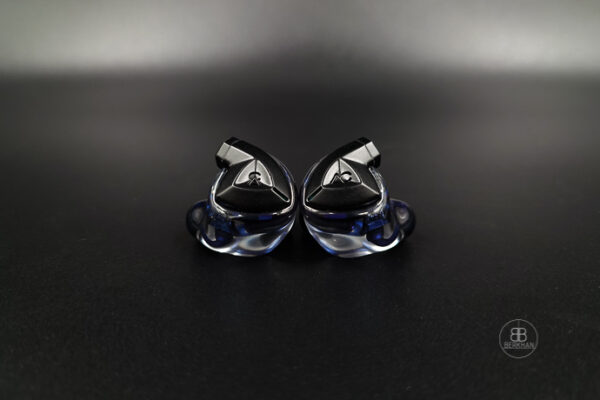
Steven Zore
Hi, Very interesting! I see Leg X and Wraith in suggested pairings, but I think the Valkyries would sound great on this also!
Jerry
Would you recommend the 2 wire version for the Tia Trio?